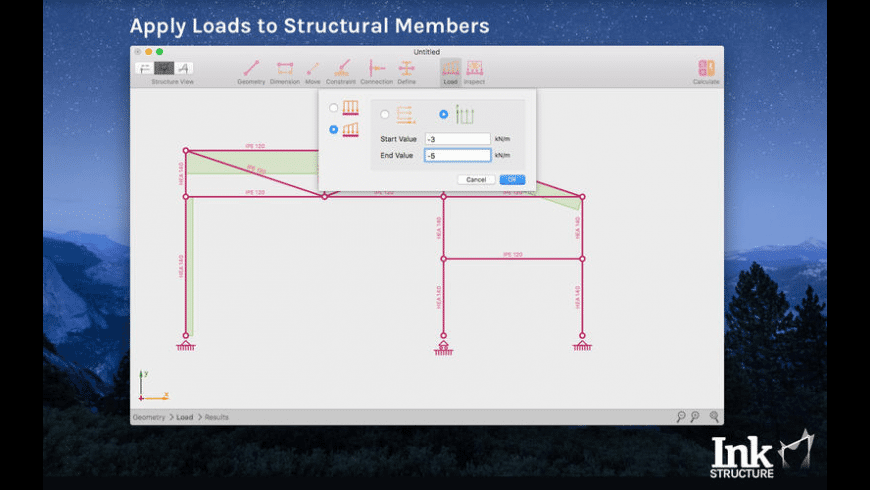Instructure is a technology company that is focused on providing cloud-based learning management software for educational institutions, companies and other organizations. Founded in 2008 by two computer science graduate students, Instructure set out to disrupt the complex legacy learning management system industry by creating Canvas - a simple, yet. Canvas has API docs.If you’re new to them or to working with APIs in general you’ll probably want to start with the getting started page or review the API use cases. Access your Canvas courses on the go with the Canvas Student mobile app! From any device, students can now:. View grades and course content. Submit assignments. Keep track of course work with to do list and calendar. Send and receive messages. Post to discussions. Watch videos. Take quizzes. Receive push notifications for new grades and course updates, and much more!
Mergers and Acquisitions
By Tony WanFeb 16, 2021

Where Instructure planned to go with Bridge, its learning management system for corporate and enterprise customers, has been an open question for over a year, when the company was still publicly traded.
On a call with investors in October 2019, former CEO Dan Goldsmith expressed disappointment with the growth of the business, and said “nothing is off the table” in response to speculation about a possible sale of Bridge.
Much has changed since. Goldsmith is no longer CEO, and the Salt Lake City-based company is now privately owned by private equity firm Thoma Bravo. And over the weekend, the company has finally decided where Bridge is going: across the Atlantic.
Instructure announced it has reached an agreement to sell Bridge to Learning Technologies Group, a London, U.K.-based provider of digital learning and talent development tools for businesses and employees. LTG will pay $50 million in the all-cash acquisition, which is expected to be complete on Feb. 26.

According to other financial terms of the deal, Bridge currently serves more than 800 customers and generated $21 million in revenue last year, of which more than 90 percent came from recurring clients. Still, the business posted a $1.3 million loss.
Launched in 2015, Bridge marked Instructure’s attempt to replicate its success with Canvas, a LMS for higher education, in the corporate learning space. But the two markets are very different, as industry analysts like Michael Feldstein have pointed out. Among the challenges: the LMS is not as “mission critical” to companies that often cut training budgets during economic downturns. Corporate learning is also a large and fragmented market, with many more competing providers than in higher education.
Launch Instructure
One of those competitors is LTG, which has been rapidly expanding its suite of workforce learning tools since its founding in 2013. Bridge marks its seventh acquisition since LTG raised £81.8 million in a private placement in May 2020. These purchases include Open LMS, a Moodle LMS service provider formerly owned by Blackboard.
For 2020, LTG expects revenues to reach at least £131 million (approx. US $182 million) for, and an adjusted earnings of £40 million (US $55.6 million)
“Bridge adds real strength and depth to our learning and talent offering for the mid-enterprise market, which has attractive structural dynamics,” said LTG CEO Jonathan Satchell in a prepared statement. “The acquisition extends LTG’s current market coverage, enabling us to meet the needs of customers of all sizes and complexities.”
For Instructure, the deal will mark the end of its ambitions in the corporate learning market. But that shouldn’t be surprising. When the company laid off about 100 employees last January ahead of its eventual sale to Thoma Bravo, the majority of those cut were working on Bridge.
Instructure Microsoft
A spokesperson for Instructure says the sale will enable the company to focus exclusively on K-12 and higher education, and continue to pursue acquisition opportunities in these markets. To date, Instructure has acquired four companies, the most recent of which was Certica Solutions, a provider of K-12 assessment and analytics tools that it scooped up in a transaction last December.
Tony Wan (@tonywan) is Managing Editor at EdSurge, where he covers business and financing trends in the edtech industry. Reach him at tony [at] edsurge [dot] com.
- Canvas has API docs. If you’re new to them or to working with APIs in general you’ll probably want to start with the getting started page or review the API use cases.
- Before you can use the Canvas API in a production environment you’re going to need a developer key. For more information about how to obtain and use developer keys, see our API guides. When requesting a developer key, be aware of some of the questions Institution admins may ask.
- There are official LTI docs, but if you’re struggling to sort through them, we have a shorter LTI introduction you can check out to get started.
- Once you’ve built an LTI app and you’re ready to share it with the world on EduAppCenter.com, you can create an account and submit your app to our LTI repository. Then just notify us about your app so we can review and approve it.
- Our mobile apps on Android and iOS have an API that allows other apps on a device to communicate with them. If you have an app that would benefit from interacting with our Canvas Mobile apps, check out our App API documentation.
Instructure Careers
- If you’re running Canvas yourself or considering working on the Canvas codebase, first check out the introduction on GitHub. You should also join the mailing list or our IRC channel. Issues? Visit our help portal.
- Canvas is released open source under the AGPL license. There’s a couple other related libraries you can see on our github site.
- Canvas is dual-licensed, so if you’re interested in contributing to the project you’re going to need to send us a code contributor agreement. You’ll also probably want to review the contribution guide. After that it’s pull requests ftw!

